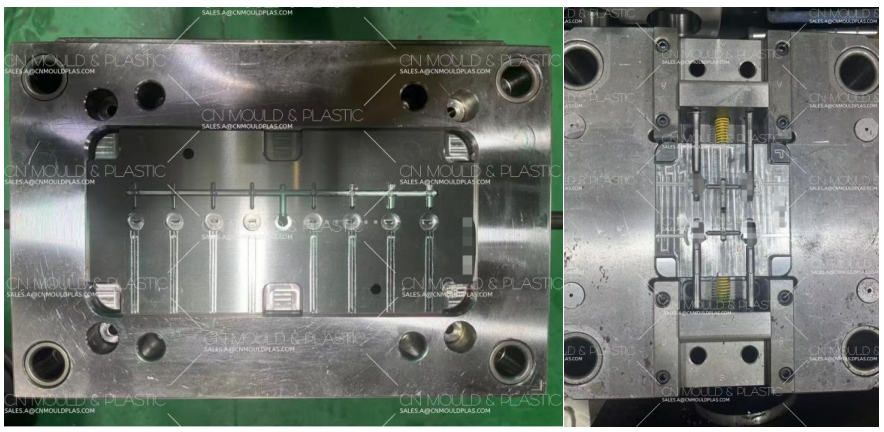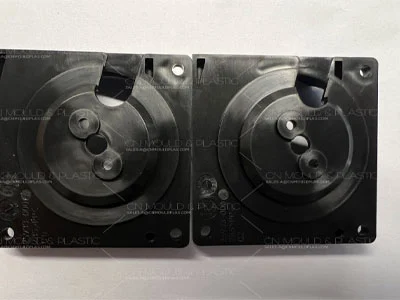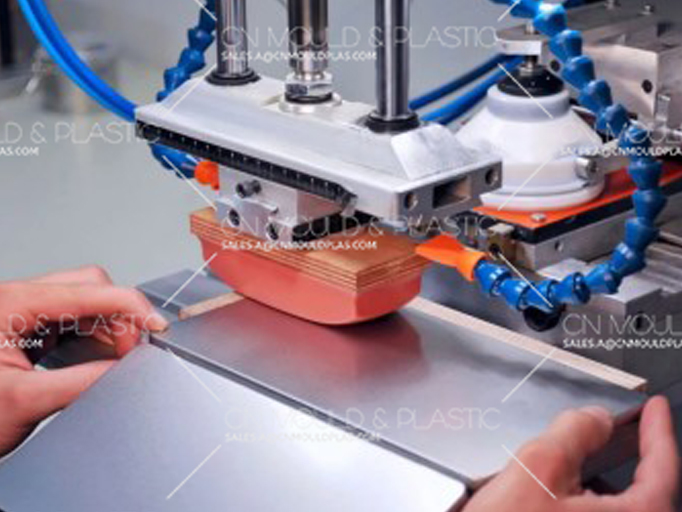1. The Gating System Design as a Key Issue in Injection Mold Design
The gating system, which can be categorized into conventional (cold runner) and runnerless systems, is crucial in injection mold design. Before designing the gating system, a comprehensive analysis is needed, including factors like the type of plastic used, the geometry and dimensions of the part, the equipment, potential defects during injection, filling conditions, and parting surface selection. The gating system significantly impacts the quality of the mold, as it determines the material, heat, and pressure transfer within the cavity, which affects the internal and external quality of the part, the complexity of the molding process, efficiency, and the difficulty of mold design and manufacturing. The effectiveness of the gating system design is therefore critical for successful part production.

2. Basic Principles of Gating System Design
1) Design According to Material Properties
The gating system should be designed based on the properties of the plastic. Proper gate type, quantity, and location should be selected to ensure that the melt fills the cavity quickly and uniformly under consistent pressure and temperature.
2) Minimize Runner Length
Keeping the runner path as short as possible reduces the amount of cold slug, lowers melt pressure loss, minimizes heat loss, shortens cycle time, and improves molding efficiency.
3) Convenient Gate Location and Size
The gate location and size should facilitate easy trimming and removal, enable smooth ejection of cold slug, and ensure that weld lines do not compromise part strength. It should also prevent deformation or warping that could affect appearance and functionality.
4) Good Venting
The gating system should enable the melt to fill the cavity smoothly while allowing trapped air to escape easily from the cavity.
5) Avoid Direct Impact on Core or Inserts
The melt flow should not directly strike cores or inserts, as this could cause bending, breakage, or deformation of these elements.
6) Minimize Projected Area on Parting Line
The projected area of the gating system on the parting line should be as small as possible to reduce clamping force.
7) Align with Mold Axis Symmetrically
The gating system should ideally be symmetrically aligned with the mold axis, with the main sprue centered on the mold plate.

